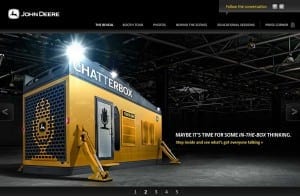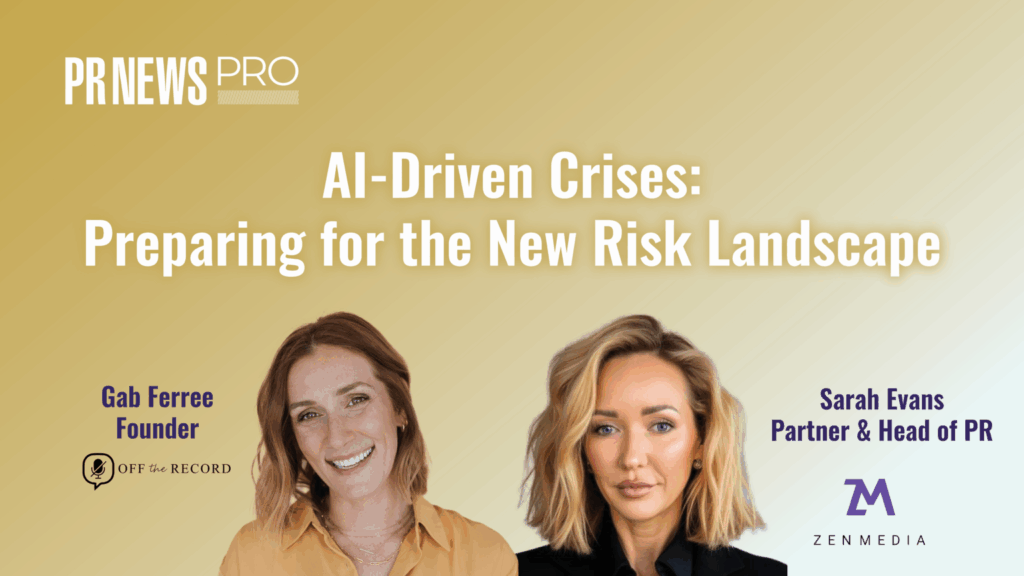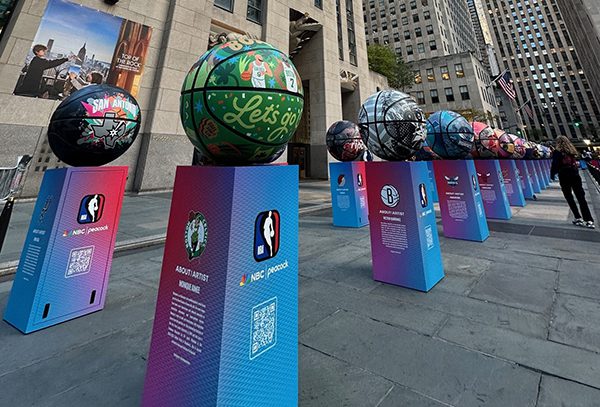Years ago, the Saturday Night Live character Fernando was fond of saying “It’s better to look good than to feel good.” Of course, today’s marketing campaigns can’t just look good. They need to prove themselves with creative that leads to measurable results.
“In many ways, creative and measurement are inextricably linked and they truly rely on each other,” says Scott Trobaugh, concept director at B2B agency Godfrey. “You must have good creative to stand out, and it is vital to measure how well that creative is working.”
“Great creative isn’t something that wins an award, great creative grabs your attention and drives the brand,” says Russell Kern, president of The Kern Organization. “Great creative is effective—you can’t develop art for art’s sake. Effectiveness can be a great response or engagement, and those things are measurable.”
Naturally, with the rise of digital, the way creative tactics are deployed have changed. In the past, long direct mail letters might have been used to explain a detailed concept. Now, people often turn to video to get in-depth information. But that doesn’t mean that direct mail is completely out of the picture. Techniques like variable data printing can help campaigns sent to highly targeted lists break through the clutter, Trobaugh notes.
Channel Specific Creative
One overall trend is writing to the channel—there’s no one-size-fits-all strategy for creating great creative in 2014. Marketers are often writing a short subject line for mobile and testing longer ones for the desktop. Marketers need to gauge how much copy they need to drive behavior, Kern notes. “There’s a deeper understanding today of the buyer’s journey through the funnel, and the messaging and brand storytelling needed to create engagement, trust, value, differentiation and response.”
Because there are so many communications outlets today, creative needs to relate with the target audience and not just disrupt, says Mike Hensley, executive vice president, Gyro Chicago. “There’s a recognition that consumers consume a variety of information over time, all of which contributes to building awareness for a brand or product, and ultimately leading to recognition.”
“You can’t just use a tool because it is measurable,” says David Jones, CMO/vice president of Jackson Marketing Group in Greenville, SC. “You need to select the best tactics for particular situations. The other day a client was doing a digital campaign that was easy to measure. It was showing metrics above the industry average—but they generated no leads.
“All brands want to sell, but there’s still a need to build brand awareness and consideration,” Jones adds.
Marketers need to remember that they don’t need to tell the whole story every time they touch the audience, Hensley notes. Consider the context and tailor your length and type of content to the timeframe and situation. Multiple touches over time allow a marketer to share bite-size pieces of information and gather input from consumers.
The Right Ruler
No matter what medium a marketer is using, it is imperative to make the best use of analytics. “You need to look at your data and then carry over into that insight and build for future creative,” notes Cliff Lewis, concept director, Godfrey. “Clients want to create an emotional connection to their audience, and convey that messaging in a way that feels genuine and real to their audience.”
A common mistake in measuring the success of creative is not having a clear goal. “You need to now what you want to learn,” Kern says. “You can’t have too narrow a view and just use sales as your measurement, because many of your communications are to drive preference consideration and others are to actually drive results.”
“Unfortunately, clients often contribute success to the last touch point, and credit doesn’t get given to the initial interaction,” Hensley says. “The biggest value can tend to be at the beginning of the information consumption process.”
 The solution? Hensley suggests mapping out the customer journey, looking at all the touch points. “Once you lay that out, you can put a plan in place to connect the dots from initial connection through conversion and show all the triggered connections.”
The solution? Hensley suggests mapping out the customer journey, looking at all the touch points. “Once you lay that out, you can put a plan in place to connect the dots from initial connection through conversion and show all the triggered connections.”
Gyro helped created an engagement campaign for John Deere called “You’re On,” where the brand solicited engagement with construction workers who used their product and worked with them to re-engineer a product. “Chatter Boxes” were placed on work sites, where workers could sound off about their thoughts on the industry and Deere products.
“We developed a whole social media program with half a million likes on Facebook, and solicited thoughts and ideas from the marketplace—it was completely measurable and the engagement was meaningful,” says Hensley.
Another Gyro campaign with Potash Corp. helped the fertilizer company create a direct channel of communication with farmers. An online database was built to help farmers understand the science behind the need to fertilize crops. The resource offered farmers a way to calculate their soil conditions in their area and see what fertilizer would be the best solution for their crops, and how that could impact the market price of their crops.
“It wasn’t just pushing out information at the farmers—it got the farmers interacting,” says Hensley.



